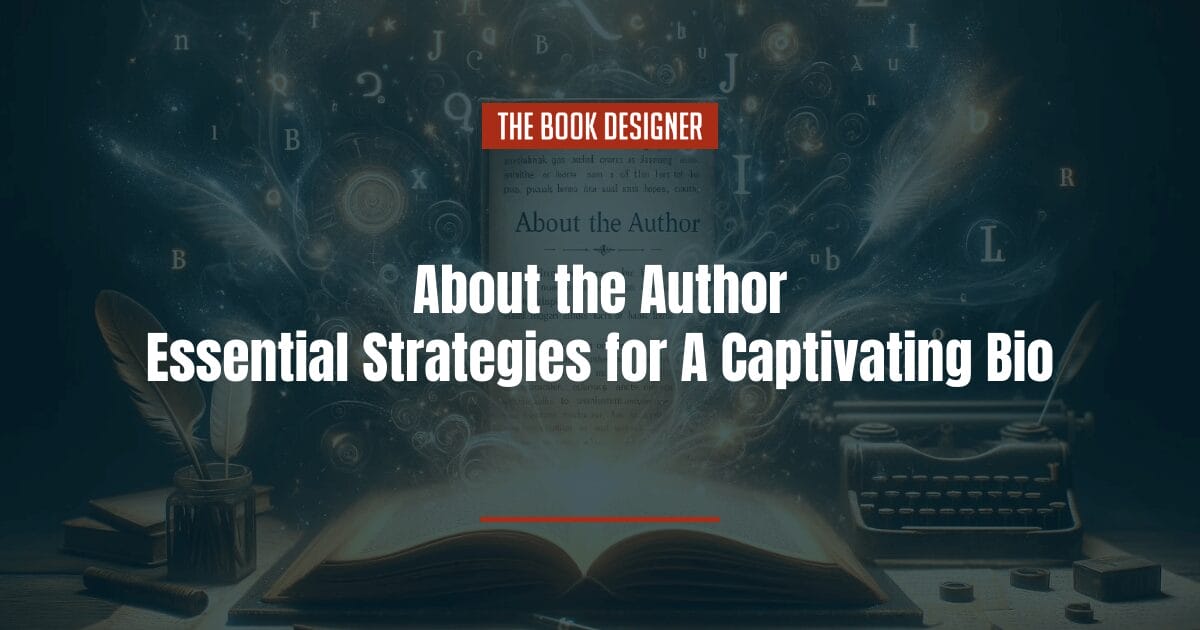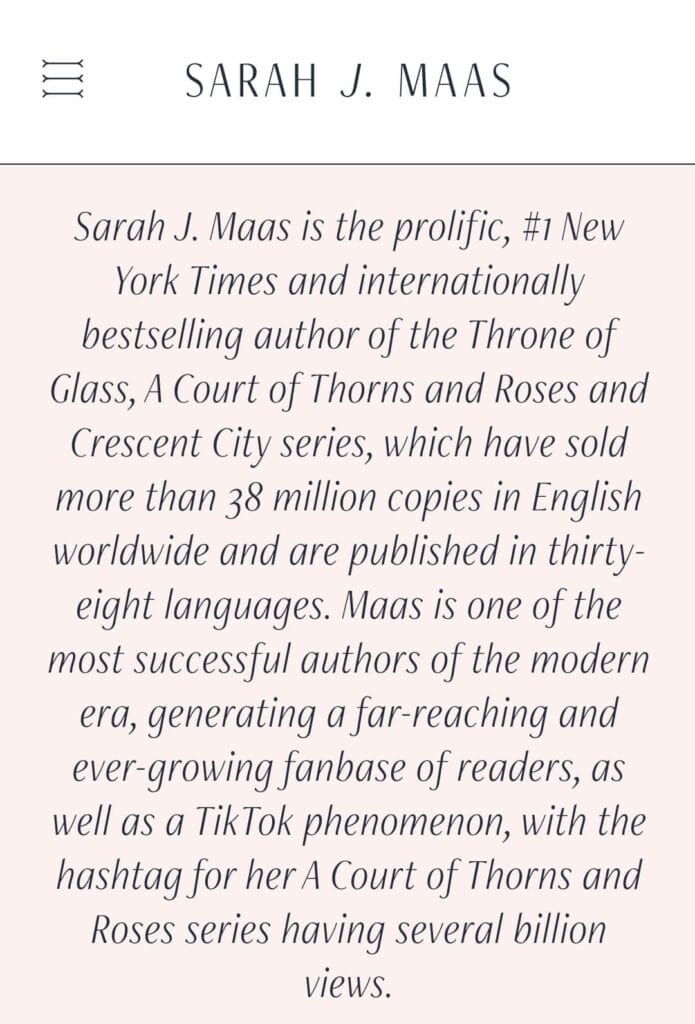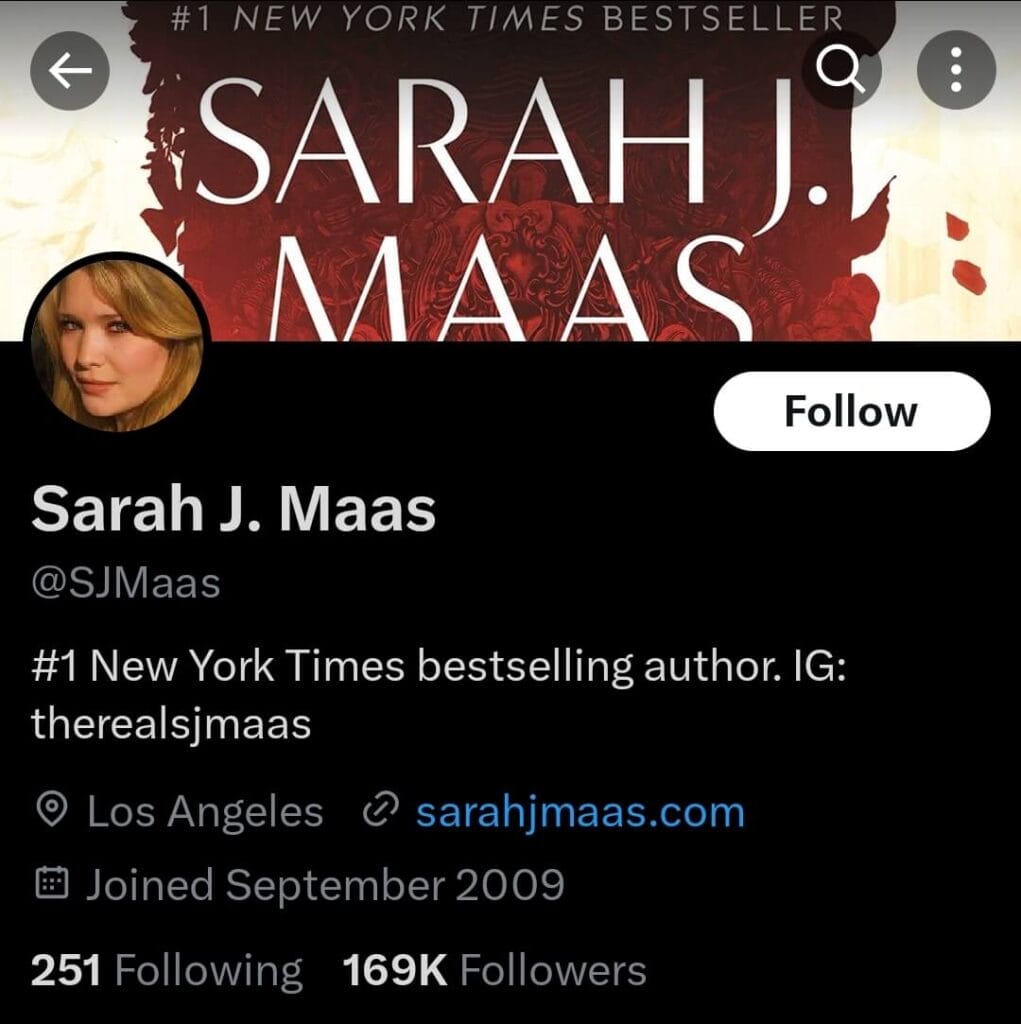What is an “About the Author” section, and do you need one? If you’re an author, you most certainly do!
“About the Author” is a brief text that introduces you to readers, much like an elevator pitch but in writing. This is your chance to explain who you are as a writer—and perhaps as a person—and why your work is worth reading.
The “About the Author” section appears in several key places: the back cover of your book, on your author’s website, on your social media profiles, and online marketplaces like Amazon and Goodreads. While each location requires a tailored version of your bio, the core aim remains the same across all platforms.
This article will focus on how to craft an effective “About the Author” section:
Start with the Essentials
The first line of your “About the Author” section is crucial. It should grab the reader’s attention immediately.
You might begin with your professional title, define your role as an author, or highlight a significant achievement. The key is to make it relevant to the genre or field you’re writing in.
This opening statement sets the tone for the rest of the bio and gives readers a clear idea of who you are and what you bring to the table as an author.
Highlight Your Credentials and Experience
In this part, talk about your writing journey, including your experience, style, notable works you’ve published, and any awards or recognition you’ve received. This is where you show readers why you’re an expert in your field or genre.
For non-fiction writers, it’s important to highlight qualifications and knowledge that lend credibility to your work. For example, if you’re writing a psychology book, you could mention your psychology degree, the time you’ve spent working with clients, or any specific research you’ve conducted in the field.
For fiction writers, emphasizing your creative and storytelling skills is key. You could discuss any writing courses or workshops you’ve attended, previous publications, or what inspires your stories. It can be things like the time you spend abroad, your hobbies like LARPing, or winning the spelling bee when you were nine.
Add a Personal Touch
Adding a personal touch to your “About the Author” section can really help readers connect with you. This is especially true for fiction writers, where a bit of personal flair can make your bio pop. For non-fiction writers, while your expertise often speaks for itself, a dash of personal detail can still make a big difference.
Showing off your unique writing style can make your bio both engaging and memorable. For example, if you write about professional development, a confident and clear tone highlights your knowledge. Or, if you write humorous essays, a fun and witty style in your bio can clue readers in on the laughs they’ll find in your books.
Talking about hobbies or interests that connect to your writing also helps readers see you as more relatable. For instance, a historian who loves sailing might share this to deepen trust and connection with their readers. A fantasy writer might mention their love for ancient myths that inspire the vivid worlds in their stories.
Use the Third-Person Perspective
You might have seen “About the Author” sections in the first person on social media or personal websites where a friendlier and more personal tone works well. However, the standard for many professional contexts, such as inside books, is to use the third person. This approach keeps things professional and avoids the impression of self-promotion or bragging.
Using the third person, you can talk about your achievements without seeming boastful. For example, instead of saying, “I have won several awards for my writing,” you could write, “The author has received multiple awards for her outstanding contributions to literature.” This way, it sounds more like you’re stating facts rather than singing your own praises.
Keep It Short and Sweet
While the theory of an 8-second attention span for the average adult might be a myth, be prepared that people won’t have much time to thoroughly read your “About the Author” section. Whether they’re browsing in a bookstore, a library, or an online store, you only have a brief moment to capture their attention, so you need to make it count.
First, front-load your bio—place the most crucial information in the first sentence. This sentence should work as a one-liner—if readers stop reading after that, they should still have a good idea of who you are as an author. (A bonus tip: you can also use this line for your social media descriptions.)
Second, try not to exceed 150 words, or ideally aim for about 60-90 words. No one wants to wade through your extensive bio when they could be diving into your book.
Incorporate a Call to Action
In copywriting, a “call to action” (CTA) is a prompt that motivates users to take a specific step. Its purpose is to turn an interest into an actionable step. This is exactly what you want your “About the Author” section to achieve. After all, the goal is to get potential readers excited about diving into your books.
Think of a CTA as a friendly nudge that transforms your bio from just a collection of facts about you into an effective part of your marketing strategy.
For instance, in the book itself, you could suggest your other works that readers might enjoy if they like the current one. On your website, invite readers to follow you on social media for updates and personal insights. On your social media profiles, consider directing followers to websites where they can purchase your books, etc.
Seek Feedback and Refine
After you’ve written your “About the Author” section, don’t keep it to yourself—show it to people who know you and your work. This could be fellow authors who understand what readers look for, friends who can tell if it really sounds like you, or a professional editor who can polish it for clarity and impact.
Listen carefully to their suggestions; they might see things you missed or offer a twist you hadn’t thought of. Use their insights to refine your bio to accurately reflect your personality and resonate with the audience you want to attract. Fine-tuning this way helps ensure your bio hits the right note and effectively introduces you to your readers.
Compelling “About the Author” Examples
Neil Gaiman
The author’s bio from Neil Gaiman’s The Graveyard Book is a delightful mix of the eerie and the playful, just like the author himself:
“Neil Gaiman is the author of several books for children, including the New York Times bestselling Coraline; the collection of short stories for young readers M Is for Magic; and InterWorld, co-authored with Michael Reaves. His picture books include The Wolves in the Walls and The Day I Swapped My Dad for Two Goldfish, illustrated by Dave McKean, and The Dangerous Alphabet, illustrated by Gris Grimly.
He wrote the script for the film MirrorMask and is also the author of nationally bestselling, critically acclaimed, and award-winning novels and short stories for adults as well as the Sandman series of graphic novels and other graphic novels, including the graphic novel adaptation of Coraline. Among his many awards are the World Fantasy Award, the Hugo Award, the Nebula Award, and the Bram Stoker Award. Originally from England, Gaiman now lives in the United States. Visit him online at www.mousecircus.com.”
Why It Works: This bio effectively showcases Gaiman’s eclectic mix, from beloved children’s books to graphic novels, highlighting his versatility. Including major awards and a personal touch with a website invitation makes this bio informative and engaging.
Gavin de Becker
Gavin de Becker’s author page on Amazon showcases his expertise in the psychology of violence, as detailed in his renowned book The Gift of Fear:
“Gavin de Becker is a three-time presidential appointee whose pioneering work has changed the way our government evaluates threats to our nation’s highest officials. His firm advises many of the world’s most prominent media figures, corporations, and law enforcement agencies on predicting violence, and it also serves regular citizens who are victims of domestic abuse and stalking. De Becker has advised the prosecution on major cases, including the O.J. Simpson murder trial. He has testified before many legislative bodies and has successfully proposed new laws to help manage violence.”
Why It Works: De Becker’s bio outlines his high-level expertise and critical impact. The details of his consultancy work and legislative influence powerfully demonstrate why readers should trust his insights on violence and safety.
E. L. James
Here is the bio from the first edition of Fifty Shades of Grey, when E. L. James was just beginning her literary journey:
“E. L. James is a TV executive, wife, and mother of two, based in West London. Since early childhood, she dreamt of writing stories that readers would fall in love with, but put those dreams on hold to focus on her family and her career. She finally plucked up the courage to put pen to paper with her first novel, Fifty Shades of Grey. E. L. James is currently working on the sequel to Fifty Shades of Grey and a new romantic thriller with a supernatural twist.”
Why It Works: James’s bio is relatable and personable. It shares her long-held dreams and the balance she maintains between her personal life and career aspirations. This bio invites readers into her life, intriguing them with her past and future projects and making them root for her success.
Conclusion
An effective “About the Author” section is crucial for connecting with readers and enhancing your book’s marketability. This brief bio should act as your introduction, establish credibility, and spark interest in your work. When writing it, remember that the most important thing is to capture the essence of who you are and what you write, making readers eager to dive into your books.





